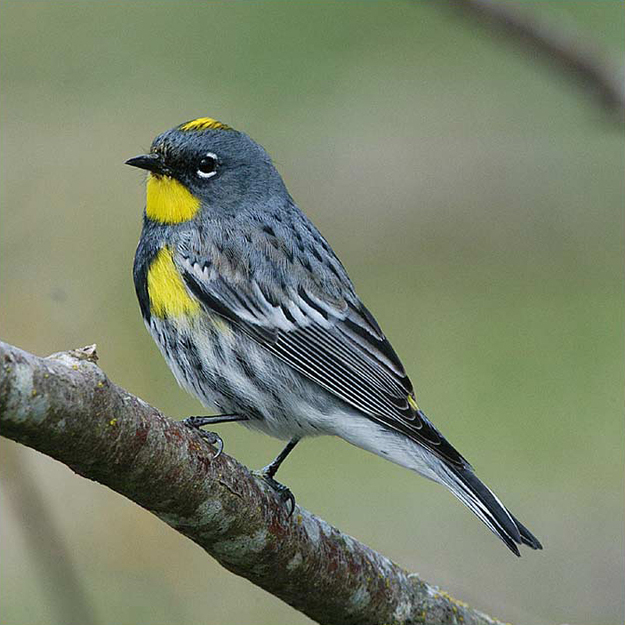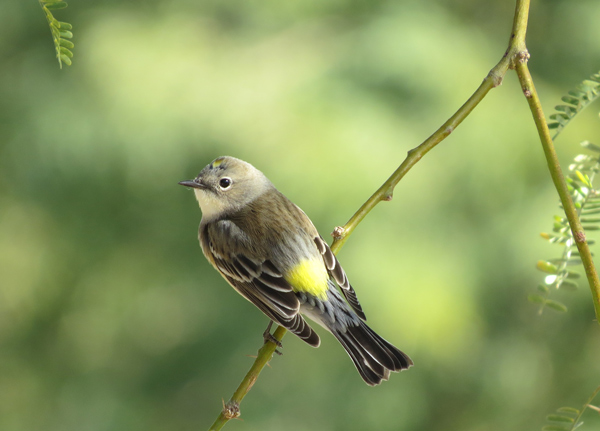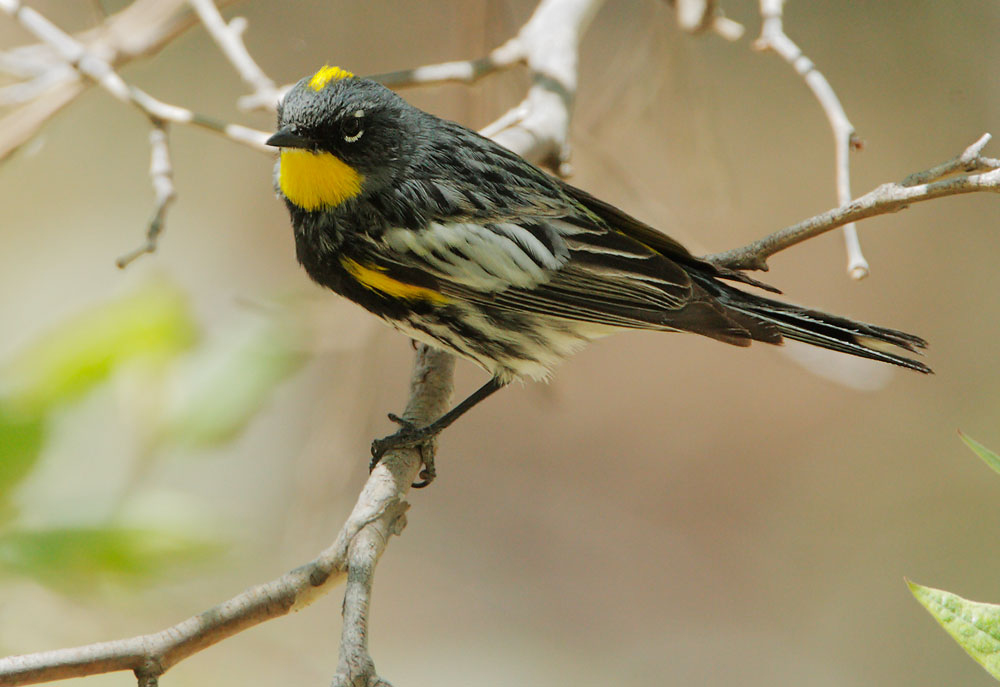

That’s why migratory insectivore songbirds arrive here to eat them and stay nourished. Our insects don’t hibernate during winter. Those critters enter a state of diapause during northern winters, the way mammals such as bears hibernate. See More Collapseīut birds such as yellow-rumped warblers, ruby-crowned kinglets and hermit thrushes rely on a diet of insects, worms and other invertebrates. Look for the birds foraging among backyard trees and shrubs. The bird has an unusual gastrointestinal system that enables digestion of wax myrtle berries hence, its original name of "myrtle warbler." Yellow-rumped warblers begin arriving for winter residence in Southeast Texas, including the Houston region, starting in September, increasing in numbers from October to early November. The "Audubon" variety generally breeds west of the Rockies, and the "Myrtle" variety typically breeds east. They used to be separated into two species, myrtle warbler in the East and Audubon's warbler in the West, until studies found they were the same. The birds are among the more common insect-eating northern songbirds that migrate here for the winter. “Mi casa es su casa,” I say to the wrens. A wren pair will stake out a home territory and stick around year after year, breeding new generations of wrens every spring. The cardinals, bluebirds, woodpeckers and other songbirds that spent the summer in my yard, but left after August, are gradually returning this month. Kathy Adams Clark / Kathy Adams Clark/KAC Productions Show More Show Less Yellow-rumped warblers, one of our backyard songbirds of winter, will soon be arriving in the area. Kathy Adams Clark / Kathy Adams Clark/KAC Productions Show More Show Less 3 of3 Yellow-rumped warblers, one of our backyard songbirds of winter, has lackluster brownish-gray plumage with dull brown streaks on the back. Kathy Adams Clark / Kathy Adams Clark/KAC Productions Show More Show Less 2 of3
#YELLOW RUMPED WARBLER WINTER PLUMAGE FREE#
If you have bird images, video or mp3 files that you'd like to share with a large and (mostly) appreciative audience, feel free to email them to me for consideration.Yellow-rumped warblers, one of our backyard songbirds of winter, are named for their bright yellow rump feathers. You are invited to review all of the daily mystery birds by going to their dedicated graphic index page.
#YELLOW RUMPED WARBLER WINTER PLUMAGE FULL#
I expect that DNA and sonogram work will result in these two forms being elevated to full species status at some point before the next ice age. They diverged from the two northern populations during the Pleistocene, and so they probably are true species. However, the other two subspecies, goldmani and nigrifrons, are not migratory and their populations are separate from each other.

(But most birders make note of the two subspecies when they see them, anyway)

As a result, these two forms are not considered to be separate species. But being migratory, they can and do hybridise where their breeding ranges overlap, giving rise to a number of interesting intergrades that can be challenging to identify in the field. The Myrtle and Audubon's forms arose after being separated by glaciers during the last ice age, and developed distinguishing physical characteristics.

The American Ornithological Union (AOU) has lumped all of these birds into one species since 1973, a decision they will likely revisit, if for no other reason than to give bird watchers something to do with their life lists. nigrifrons) which occurs in northwestern Mexico, and the Guatemalan Goldman's warbler ( D. auduboni), the black-fronted warbler ( D. coronata), the western "Audubon's" warbler ( D. The yellow-rumped warbler has four "forms" or subspecies: the eastern "Myrtle" Warbler ( D. The Myrtle warbler is sometimes known as the eastern form of the yellow-rumped warbler, but I've seen this form fairly often in the Seattle area (especially in the winter), which is quite far north and west for a supposedly "eastern" bird! My favorite nickname for the yellow-rumped warblers is "butterbutt", in honor of their bright yellow rump when in breeding plumage. Response: This is an adult yellow-rumped "Myrtle" warbler, Dendroica c. Can you identify this species and tell me which of the four forms it is? Question: This lovely neotropical mystery bird comes in four forms.


 0 kommentar(er)
0 kommentar(er)
